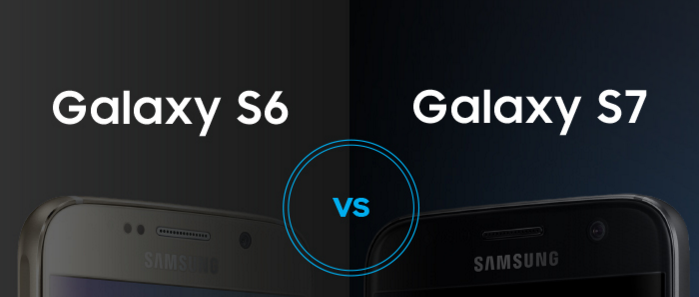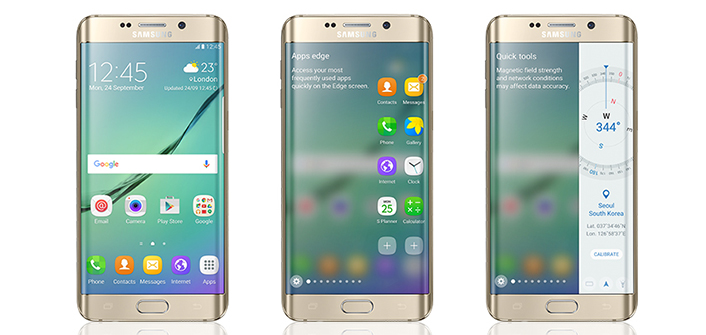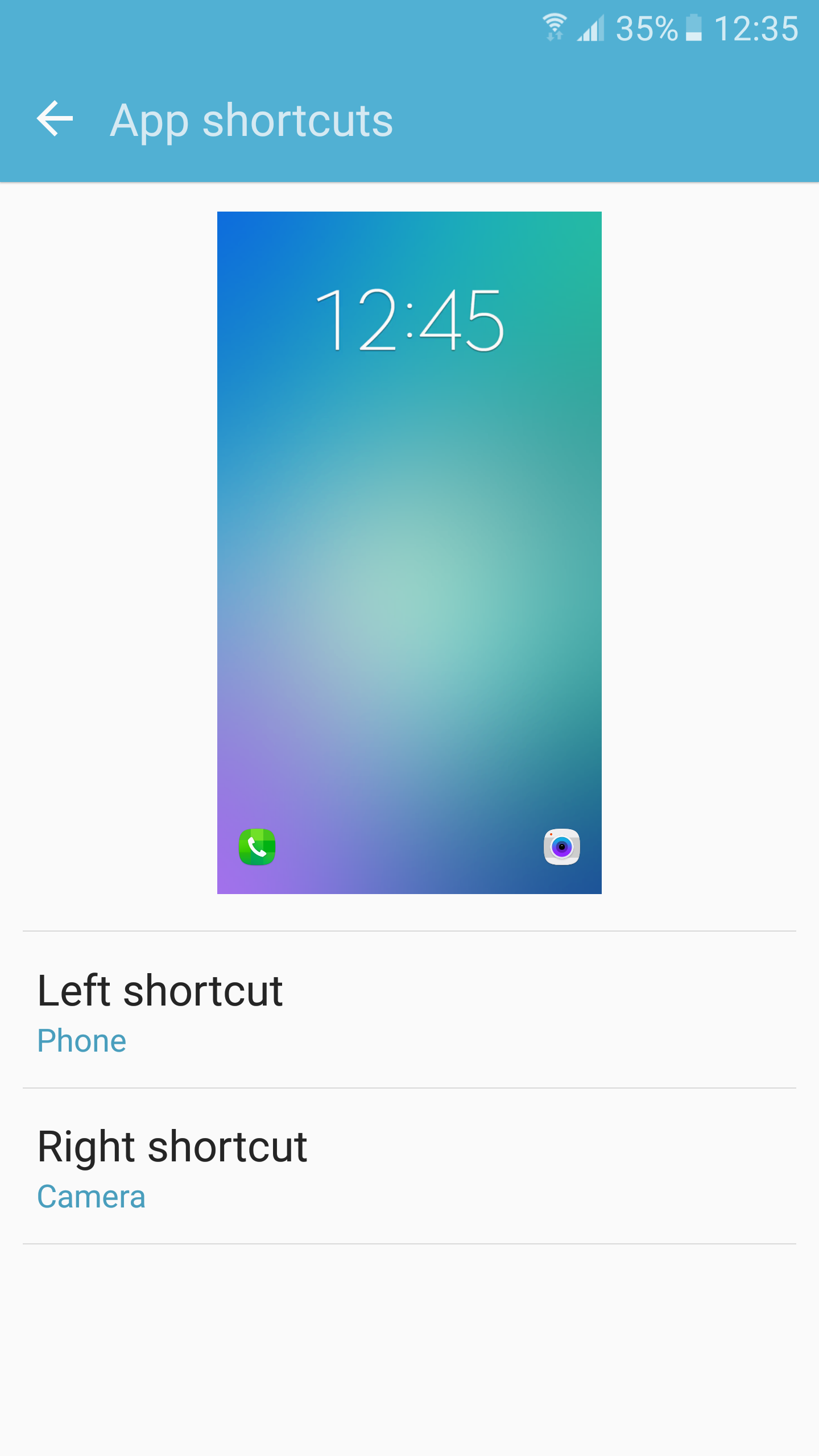
A report from the Korean media claims that Samsung is using a new antenna technology on the Galaxy S6 to workaround the interference (remember antennagate?) caused by the handset’s metal body.
Metal smartphones have long had signal issues due to attenuation, which most companies bypass by injecting plastic in the metal body that acts as an RF antenna window for the signal to pass. HTC and Apple have both employed a similar technique on the One M8 and the iPhone 6.
However, Samsung will to be using a new Flexible Printed Circuit Board Antenna (FPCB) technology on the Galaxy S6 that will allow for better signal reception and maximum antenna exposure despite the metal unibody of the handset.

FPCB antenna
Most OEMs have traditionally used Laser Direct Structuring (LDS) antenna on their handsets, which can be molded into any 3D shape. They have been superior to FPCB type antennas, but are incompatible with metal clad smartphones. Thanks to technological advancements in the last few years though, FPCB antennas now perform as well as LDS antennas in terms of signal reception.
Compared to previous Galaxys, Samsung seems to be making some major changes with the Galaxy S6. The company has already ditched Qualcomm’s Snapdragon chipset for its own Exynos processor and has also seemingly ditched its fondness for plastic by switching to a metal unibody design on its upcoming flagship.
[Via ET News]








